- Posted By #Margareton October 25, 2017 in
Prepare Your Garden For Fall
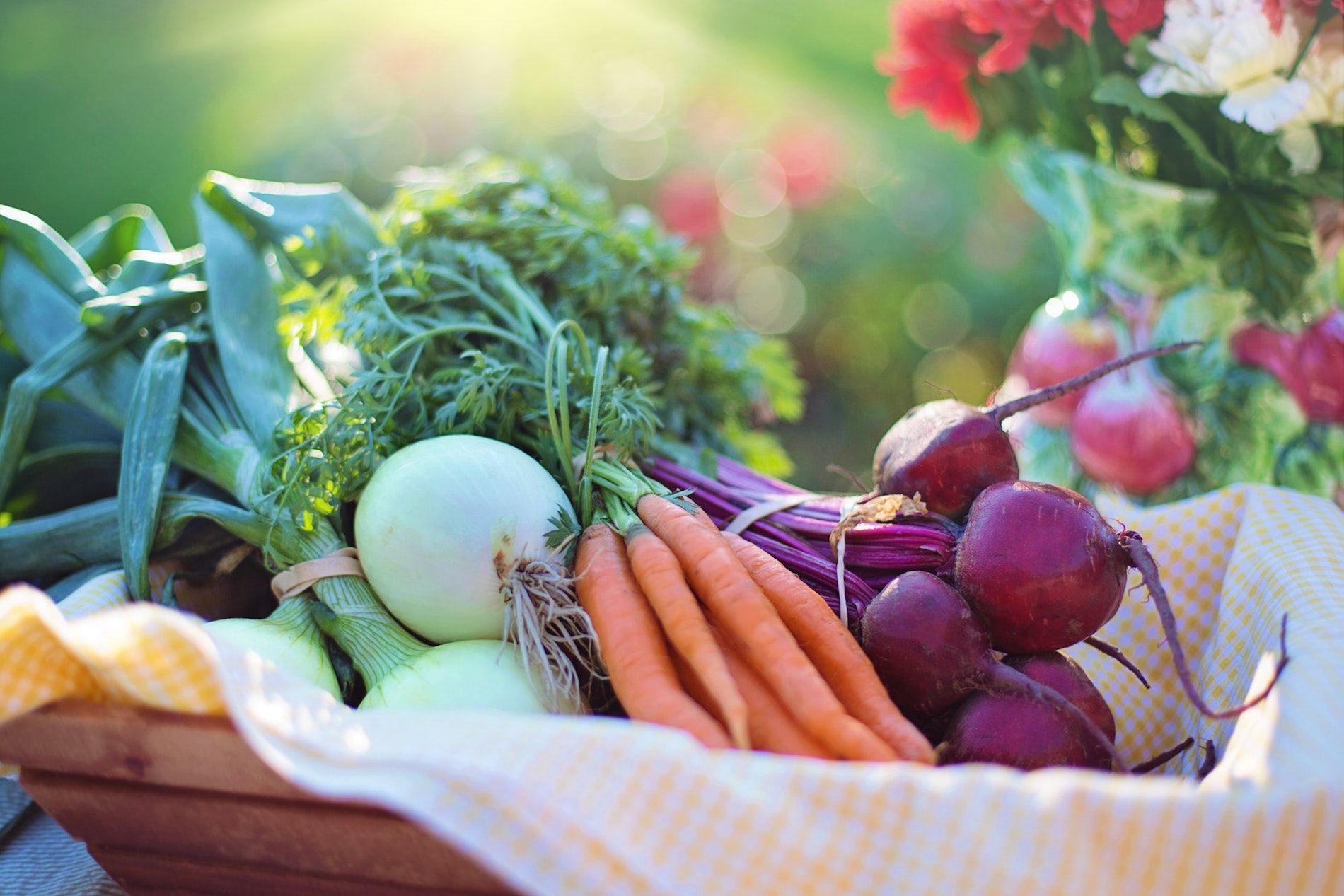
With our warmer temperatures and non-existent spring season, fall just might be the best time for gardening in Charleston. The soil remains warm long after the air begins to cool down, creating ideal conditions for many plants to thrive, and the temperatures are finally cool enough to log in some serious hours outdoors.
A fall garden is more than just a wonderful way to interact with nature. It benefits the soil to keep a garden going year round, preparing the space for next season’s crop. Many greens, such as arugula, mustard and turnips, cycle their nutrients back into the soil for winter. The cooler climate is ideal for many plants, giving vegetables a crisp, sweet taste. Enjoy healthy salads all season with fresh produce from your own backyard. As the temperatures drop, many insects begin to disappear as well. Finally, a fall garden keeps your home looking bright and alive just as the leaves are starting to fall and the grass begins to brown. Bright, colorful autumn flowers and vegetables are just the thing to dress your South Carolina home for the season.
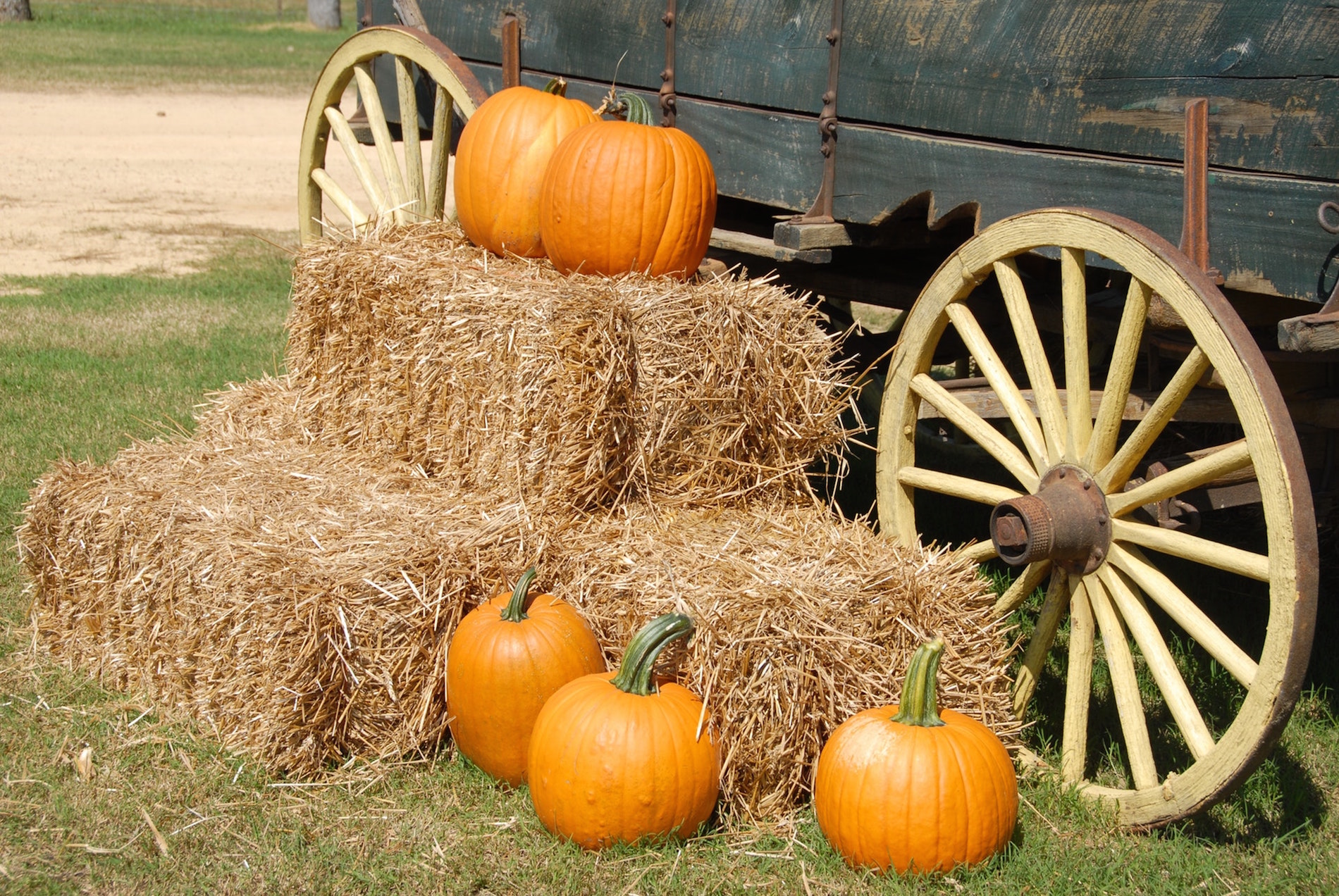
With these expert tips, your fall garden will be the envy of the neighborhood:
How to Prepare Your Garden
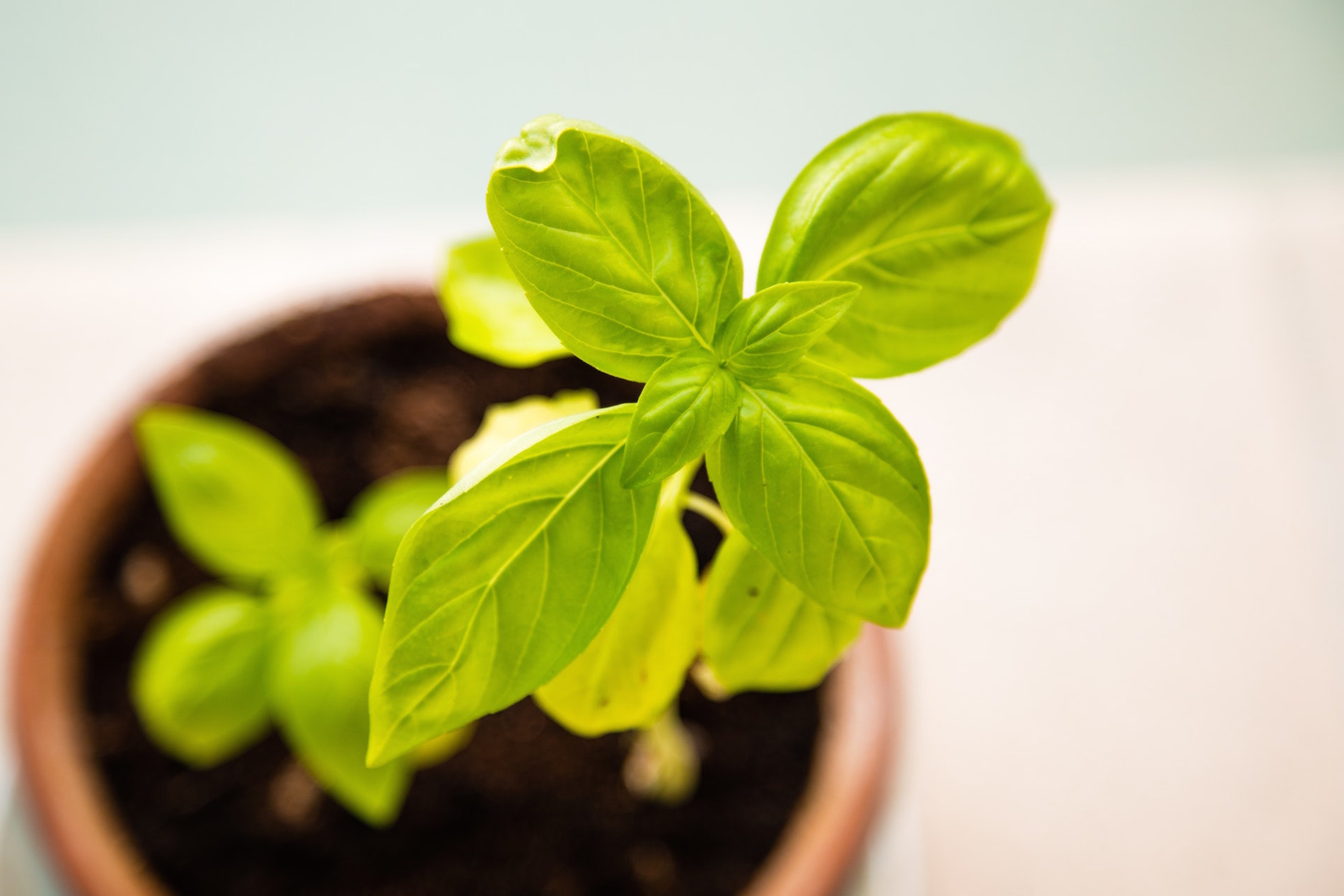
Move Herbs Indoors
Before the temperature drops, be sure to transport any moveable herbs you may have grown in the summer into smaller containers and bring inside from the cold. Many annuals, such as basil, will thrive throughout the year, and can be transported back outdoors in early spring. Transition slowly, first potting any herbs from the garden, bringing them inside 2-3 days later for a few hours at a time until they are comfortable in the new conditions. During the winter, keep the pots near a window for sunlight and warmth.
Clean Up Your Summer Garden
While some perennials are strong enough to withstand the harsh conditions of winter, most need to be pruned for their own protection. Trim them back and discard any that are diseased, looking for black marks on leaves and damaged stems. If you choose not to reuse the same plot for fall gardening, put your spring and summer garden to bed with by clearing out all weeds and debris and covering the area with mulch to keep it safe and warm. Consider planting a cover crop, such as clover, fava beans, grass, oats, barley, buckwheat or rye. These will balance the nutrients in the soil throughout the in-between season, attract bugs for pollination, and control weeds.
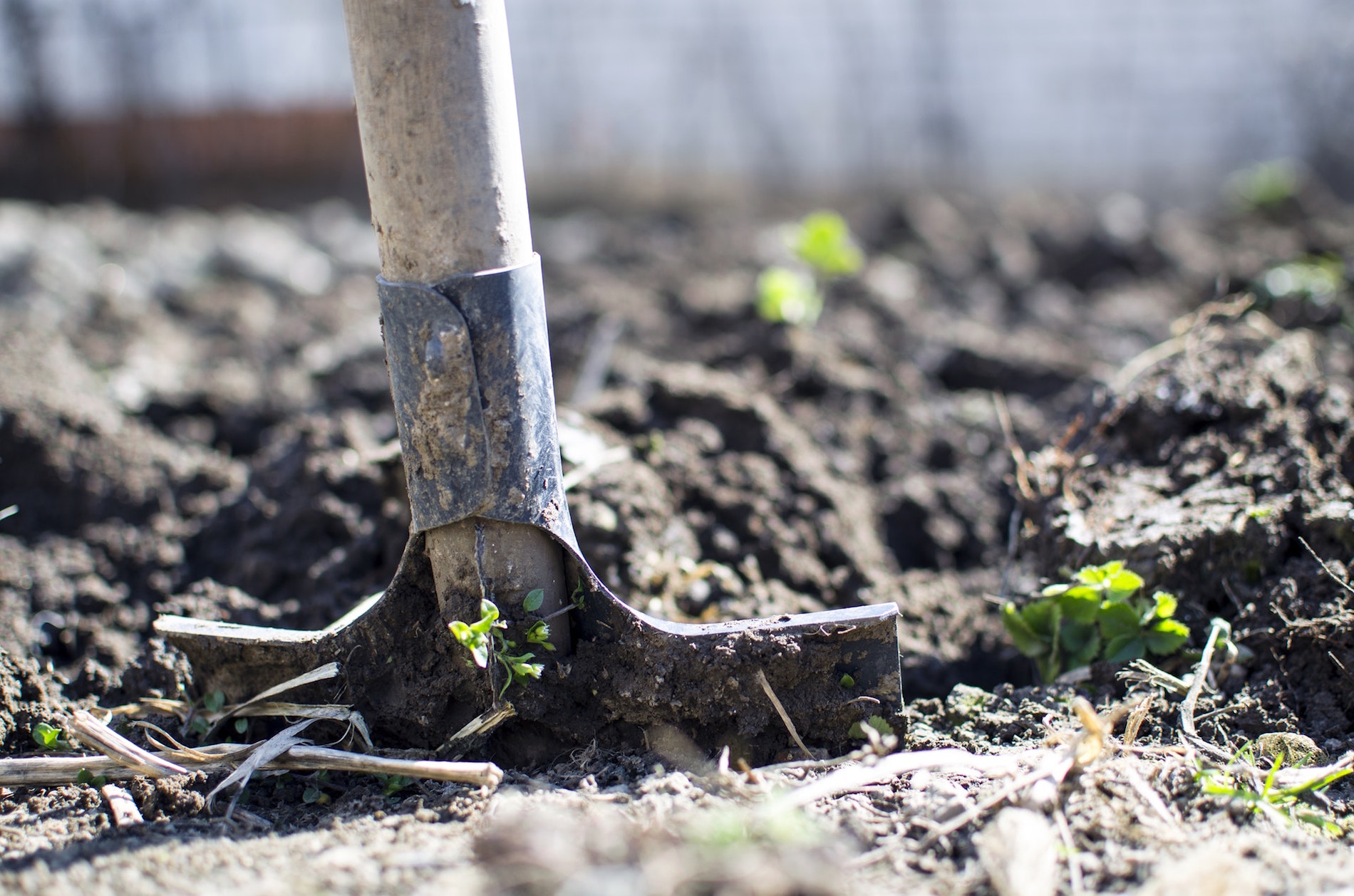
Test Your Soil
Autumn is the ideal time to test your soil for any deficiencies that could affect your garden, and knowing your soil’s pH level will help you select what to plant. To discover the exact pH number of your garden, use a professional test kit, but to learn the general level, you can test the soil yourself with this easy method: gather a cup of dirt from 4-6 inches below your garden’s surface and place in a glass container, adding enough water to make mud. Add ½ cup of vinegar and stir: if the mixture fizzes, foams or bubbles, your soil is alkaline. Repeat the same test with fresh soil and baking soda: if this mixture fizzes, foams or bubbles, the soil is acidic.
Prepare Raised Beds
Begin by removing the existing mulch so you can access your soil, being sure to brush any excess off leaves or petals. You can save the mulch to use again once the garden is planted, but preparing the soil first is important. Summer crops have a way of depleting the soil, so replenish your bed with fresh compost and rich peat moss to revive the area. Fluff the soil with your garden fork and make any pH level adjustments by adding organic compounds to make it more acidic or alkaline. Once you’ve cleaned up your garden, removed weeds, and planted for fall, add back the mulch to keep the soil warm as the temperatures start to dip.
What to Plant
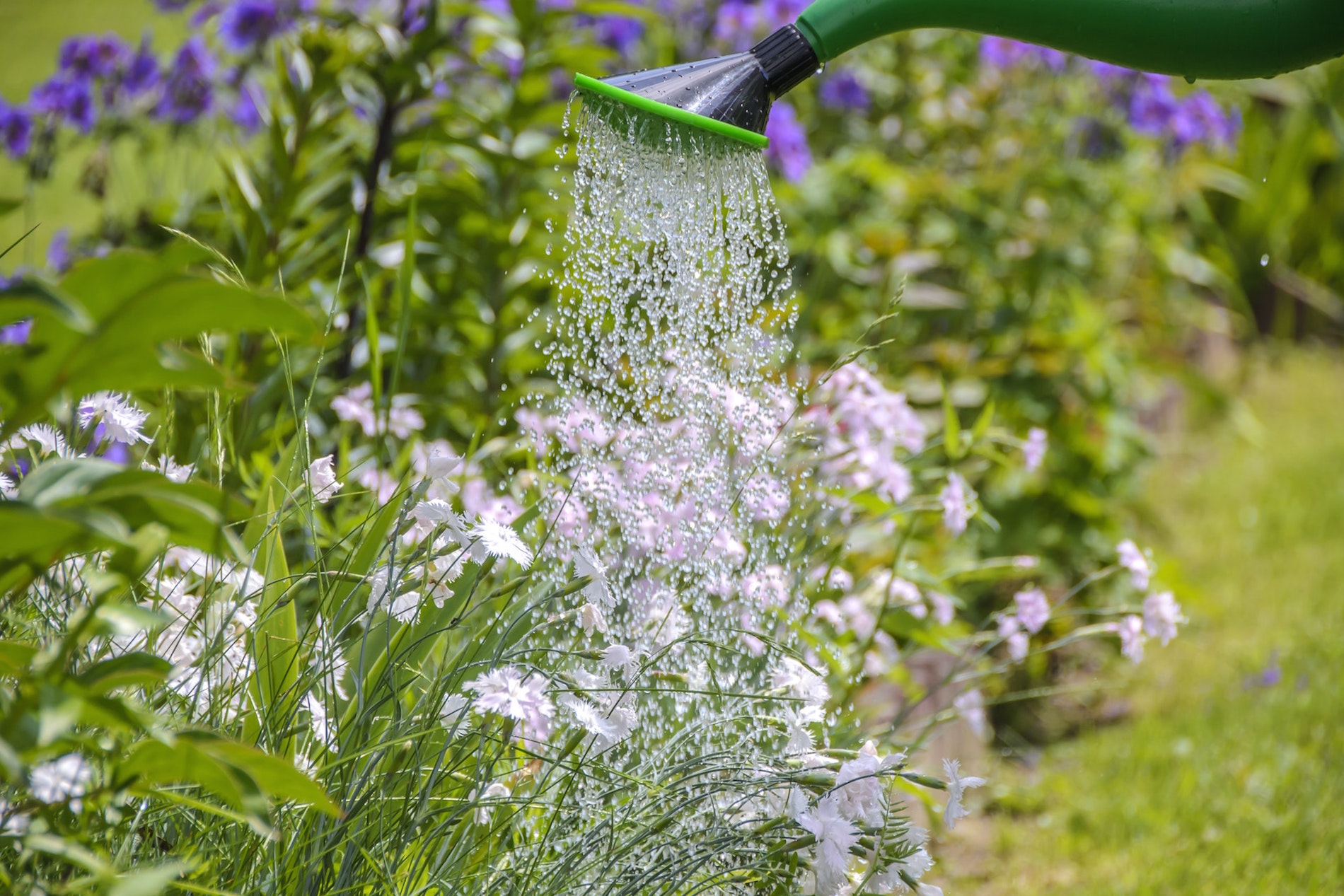
Seasonal Vegetables
Some of the healthiest veggies thrive in fall and winter. If you started growing fall seeds indoors over the summer, now is the time to start the move to the garden. Give this hardening off process at least 10 days, first moving the container to a protected spot outdoors for a few hours each day, and working up to the entire day when you can carefully replant the sprouts in the garden.
Some of our favorite hearty, frost-tolerant vegetables for fall in South Carolina include:
- Arugula
- Brussels Sprouts
- Carrots, Cabbage
- Green Onions
- Kale
- Lettuces
- Peas
- Radishes
- Spinach
- Swiss Chard
Trees & Shrubs
In the warmer climates of the southeast, it’s not only safe to plant trees and shrubs in the fall, it’s ideal. These larger plants will put down roots throughout the winter. Because trees and shrubs can last many decades, choose wisely. These can dress your home in color and texture, adding curb appeal, creating privacy and giving your home some extra personality. In South Carolina, Crepe Myrtle is a great option for adding dramatic color and beautiful bark to your property year round. A rich evergreen plant like Boxwood or Rosemary can define your landscaping and provide direction and movement with your yard. Colorful, flowering shrubs can add a welcoming touch to your home’s exterior as well. In South Carolina, choose plants that will flower more than once a year and can withstand our scorching summers:
- Hydrangea
- Camillia
- Azalea
- Gardena
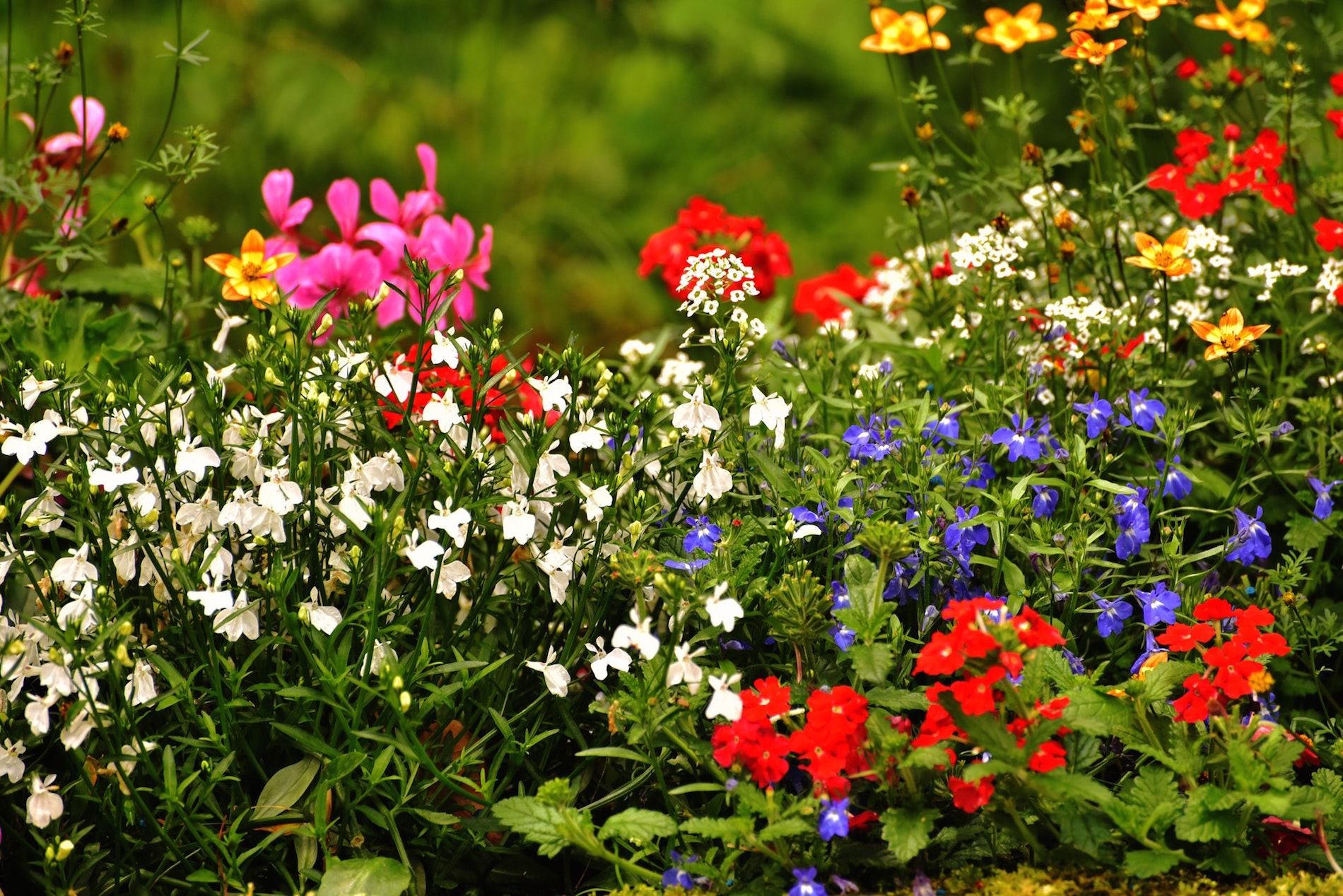
Strong Annuals
Keep your flower garden going throughout the winter with a few hardy annuals. These flowers have the lifespan of one year, meaning you’ll need to plant again next year, but can add vibrant color to your garden and last longer each season than perennials. Because of their sound nature, they are stronger throughout the season and require little to no maintenance. Some of our favorite annuals for South Carolina’s climate include:
- Marigolds
- Pansies
- Petunias
- Vinca
- Zinnias
- Snapdragons
- Violas
- Nemesia
- Calendula
Spring Bulbs
Dreaming of a colorful spring garden? Prepare now by planting spring bulbs in the cooler soil. Calculate when last year’s first frost occurred and plant bulbs roughly 6 weeks before this date to give them time to take root. Water regularly and cover with mulch once the ground freezes to keep them warm until spring. Once dormant, bulbs don’t need as much water. These flowers tend to return year after year if placed in a raised bed. Some beautiful flowers that should last several years in the southeast include:
- Allium
- Daffodils
- Paperwhites
- Tulips
- Crocus

After the searing heat of another South Carolina summer, there is no better way to enjoy the milder temperatures than gardening. Enhance your home’s curb appeal, spend time outside and reap the rewards of a well-maintained garden all at the same time! Looking for a new place to put down roots? Our homesites are strategically positioned in ideal locations with ample outdoor space.


